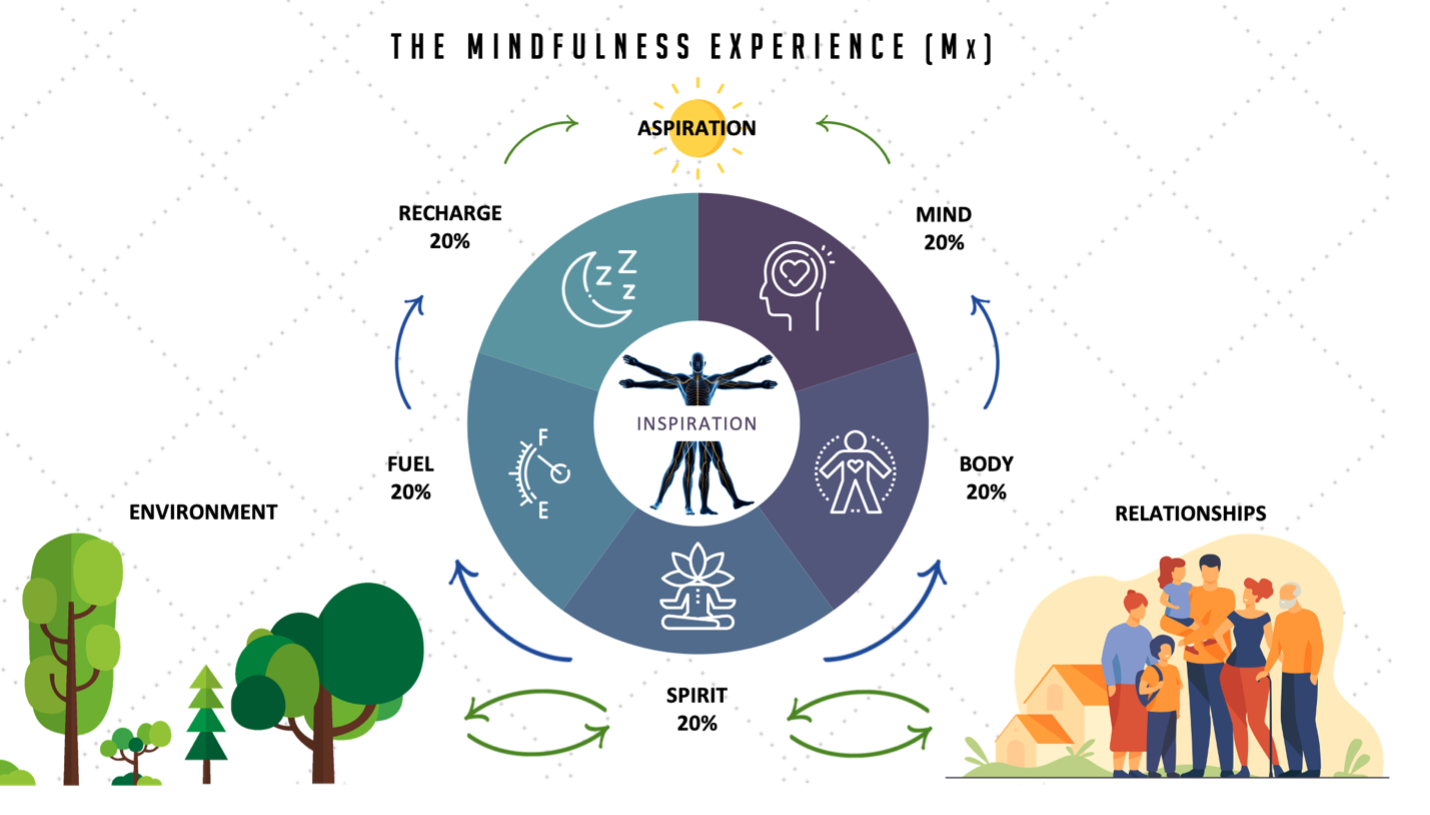By Keith W Fiveson
In my recent book, I write about finding balance in an unbalanced world using mindfulness. The book, called “The Mindfulness Experience – 8 Strategies to Live Life Now, ” details how we can apply mindfulness to everyday situations. In this article, I will outline some of those situations.
Let’s start with the question around mindfulness and what it is. What is the nature of the mind? What does it mean to be mindful, or “in our right minds?”
That phrase describes calm, reasonable, and sane people who don’t climb into lion enclosures at the zoo or put themselves or others in harm’s way. When people are in their right minds, they make reasoned decisions and benefit themselves and others. They seek to work in understandable ways. They don’t drive their cars off cliffs or into snowbanks.
You can tell when someone isn’t in their right mind because they are not making sense (speaking gibberish) or doing anything that would be considered “reasonable.” – sound familiar?
The word mindfulness comes from the Buddhist tradition that teaches us to be present by using the breath as an anchor to bring us back to the present moment. In this way, mindfulness has been defined as a tool that helps us pay attention in a particular way, on purpose, to the present moment.
So, practicing mindfulness/breathing is a way of focusing the mind on being in the present moment, again and again, to whatever is showing up for us, without judgment.
By practicing mindful breathing and awareness, we get better control over anxiety, depression, anger.
In addition, we can make different choices by giving ourselves the presence and cognition to make rational chooses based on logic by activating and strengthening the prefrontal cortex rather than relying on impulse, reacting, fighting, or running away.
When we are feeling stressed, anxious, or overwhelmed, we often forget to breathe. This is the time to activate our nervous system, to slow it down. We need to take a moment to pause and ask ourselves what’s happening in the present?
Sometimes it can be hard to identify how we feel and why because there is so much going on around us. One good way of assessing our emotions is checking our breathing, whether fast, slow, or even.
What’s going on in our bodies? Are we sweating, uncomfortable, feeling tense, or sensations? What’s happening in the environment around us?
Mindfulness has been proven to be a powerful tool for mental health. Mindfulness is an emerging field of science that focuses on our state of consciousness or awareness. It can help people cope with stress, anxiety, depression, and anger by controlling their thoughts and making different choices. By making other choices, we avoid responding too quickly to a situation.
With a mindful pause, people can make more reasoned and less reactive decisions, which benefits themselves and others.
In my book, I provide readers with an in-depth look at how they can incorporate mindfulness into their daily routine, with any activity— breathing, walking, eating, listening to music, talking with others, being in nature, etc.
Mindfulness is called a practice because these skills need to be practiced during the day, which is essential for wellness, health, and overall integration of body, mind, spirit, food, fuel, and emotional wellbeing of our relationships and environment.
List of mindfulness questions:
– Do you check the time constantly?
– Have you ever called in sick to work or school because you were too stressed about your responsibilities, only to feel worse when it was all over?
– Are there days that go by where you remember very little, and you were just on autopilot?
– Has work become an all-encompassing part of your life where it
– Do you carry stress in your body?
– Is there ever a time when you can’t stop thinking about something that happened during the day, and it’s challenging to pull yourself out of those thoughts long enough to get on with what needs to be done?
If you have answered yes to any of these questions, then you are likely experiencing the Mindfulness Gap.
The gap describes that moment when we know what needs to be done but can’t seem to do it because of all our distractions and anxieties running through us at once. That gap between knowing and doing is our opportunity to start a mindfulness practice.



